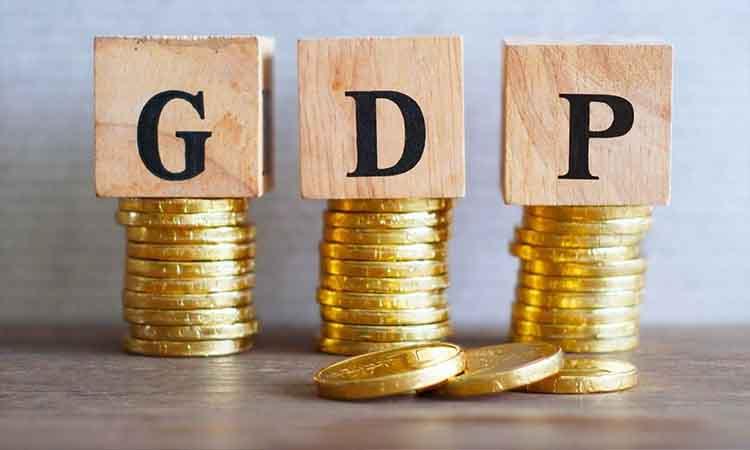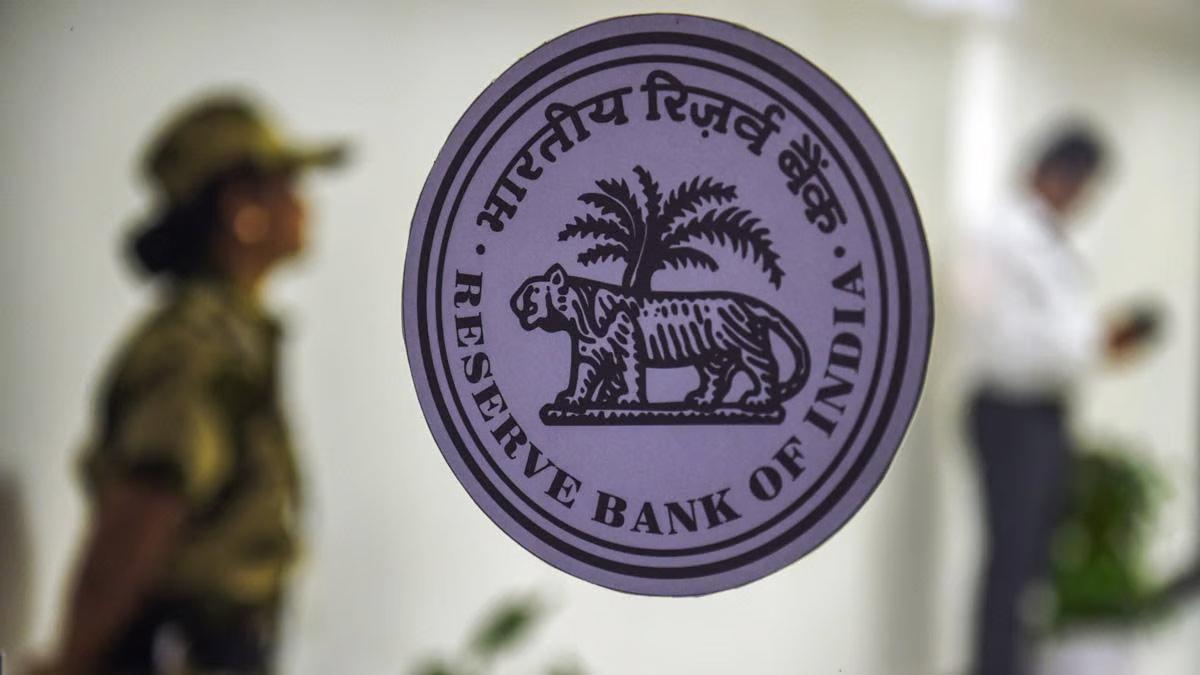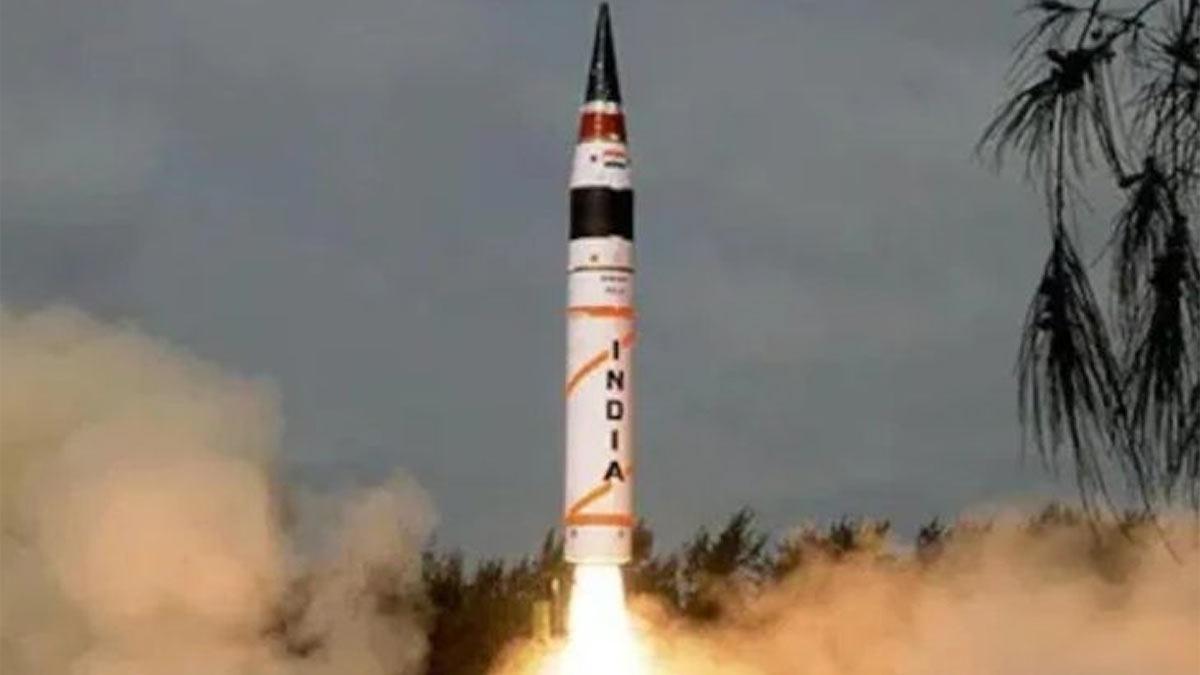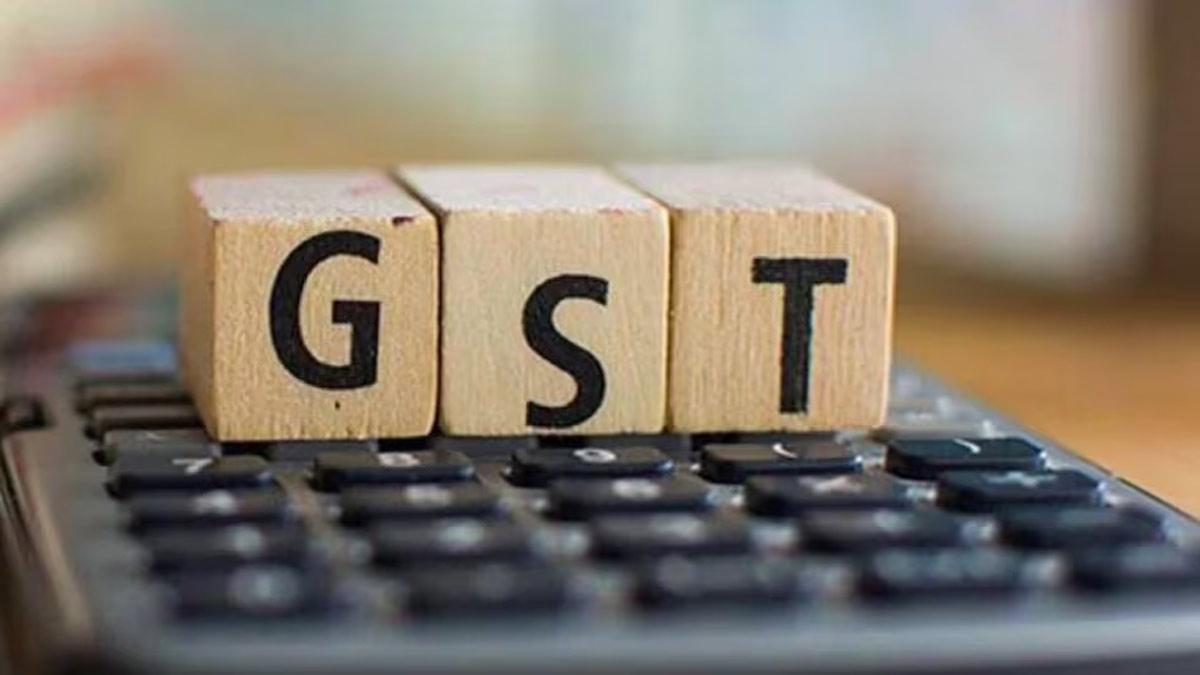India's year-on-year FY22 GDP growth is expected to come in at 9.4 per cent, said India Ratings and Research (Ind-Ra).
According to Ind-Ra, the GDP trend is supported by ebbing of Covid 2.0, along with Kharif sowing, which has seen a significant pick-up with the revival of south-west monsoon and robust exports volume.
"If India is able to vaccinate its entire adult population by December 31, 2021, the GDP growth is expected to come in at 9.6 per cent YoY in FY22, otherwise it may slip to 9.1 per cent," the ratings agency said.
ALSO READ | India's Housing Market Likely To Reach New Peak In 2023: Anarock
"Going by the pace of vaccination, it is now almost certain that India will not be able to vaccinate its entire adult population by December 31, 2021," it added.
Besides, the agency estimates suggest that 5.2 million daily doses would have to be administered from August 18 onwards to fully vaccinate more than 88 per cent of the adult population as well as to administer single doses to the rest by March 31, 2022.
"A glance at the National Accounts Data shows that of the four demand-side growth drivers, namely private final consumption expenditure (PFCE), government final consumption expenditure (GFCE), gross fixed capital formation (GFCF) and exports, only GFCE has shown somewhat decent growth, averaging 5.7 per cent during FY19-FY21," Ind-Ra said.
"PFCE, GFCF and exports during this period grew 1.3 per cent, 1.5 per cent and 1.5 per cent, respectively. Of the demand-side drivers, PFCE, proxy for consumption demand, is the largest component accounting for 58.6 per cent of the GDP in FY21, followed by GFCF accounting 27.1 per cent, exports 18.1 per cent and GFCE 12.5 per cent," it added.
The agency also said that projected double-digit PFCE growth in FY22 is primarily due to the base effect.
"PFCE in FY22 is estimated to be just 0.3 per cent higher than FY20. This means the size of PFCE by end-FY22 would be similar to FY20. There are several reasons for that. Unlike Covid 1.0, which was largely an urban phenomenon, Covid 2.0 spread to the rural areas as well," the agency said.
"Even if the agricultural output or income remains intact in view of the progress of monsoon so far, rural households are unlikely to loosen their purse strings in view of the Covid-19 induced rise and or a likely rise in the health expenditure as also the uncertainty insecurity associated with the likely future waves of Covid-19," it added.
Notably, Ind-Ra said that the largest chunk of rural population consists of daily wage earners, and not farmers.
ALSO READ | Resolution Professionals Can Now Verify Tax Returns Of Bankrupt Companies
"Rural wage growth, both for agricultural and non-agricultural activities, has declined lately. Wage growth has been muted even in the urban areas. In fact, urban households, besides the rise in health expenditure, are facing the double whammy of income loss or stagnation coupled with high consumer inflation," the agency said.
"All this has severely dented their disposable income," it added.


















